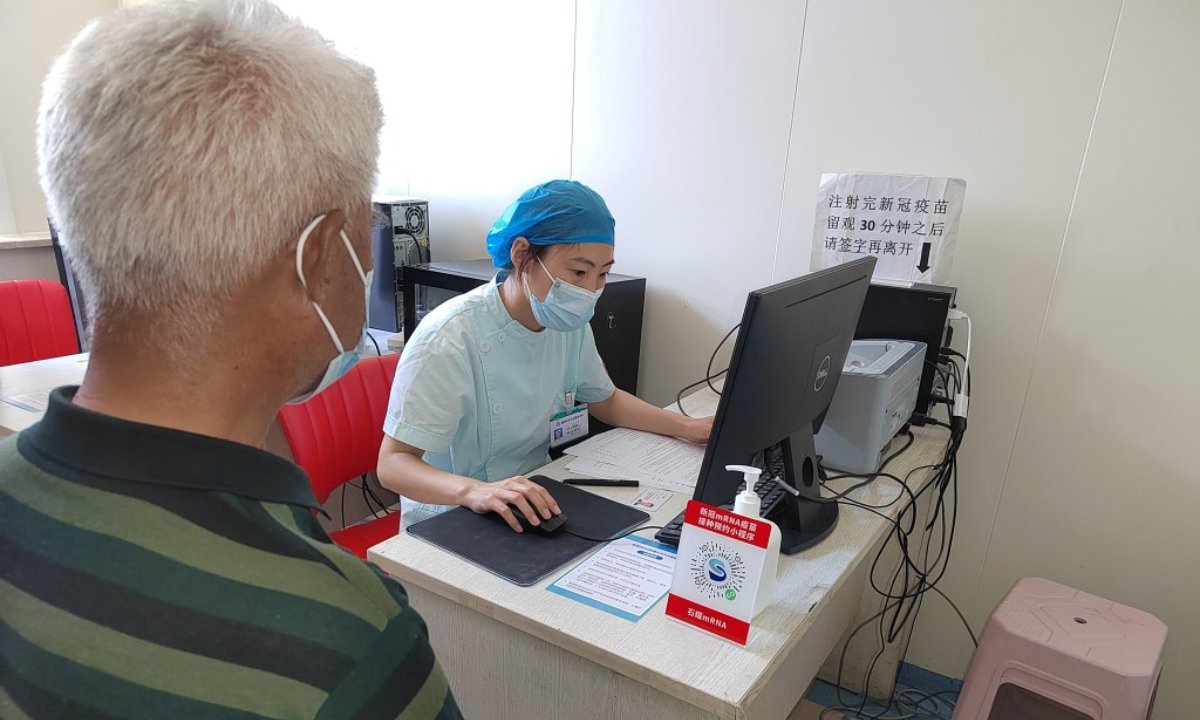The recent surge in cases of pharyngitis and an influx of patients at fever clinics has raised concerns among experts. They are warning the public to exercise caution, as the approaching eight-day Mid-Autumn Festival and National Day holidays, coupled with increased holiday travel, could potentially trigger a low-level outbreak. In this article, we explore the factors contributing to this rise in respiratory infections, particularly the coexistence of COVID-19 and influenza, and discuss the importance of vaccination and early treatment in safeguarding public health during the autumn and winter seasons.
The Surge in Pharyngitis Cases
Infectious disease and pediatric doctors from various hospitals across the region have noticed a significant uptick in patients seeking treatment at fever clinics in recent times. What is particularly alarming is the sharp increase in cases of infectious pharyngitis, a condition that has not only gripped medical attention but has also become a hot topic on social media platforms, sparking discussions and concerns.
Dr. Peng Jie, the director of the diagnostic and treatment center for difficult infections at Nanfang Hospital, Southern Medical University, pointed out that a majority of the patients flooding the fever clinics present with respiratory tract infections. This alarming trend can be attributed to the concurrent outbreak of viral and bacterial infections. Among the causative agents, two notable culprits stand out: the novel coronavirus and the influenza virus, with a significant prevalence of the influenza A (H1N1) strain.
Understanding the COVID-19 Situation
Dr. Peng Jie further emphasized that the increase in COVID-19 patients is likely linked to the emergence of the EG.5 coronavirus variant. Fortunately, most patients afflicted by this variant experience mild symptoms. One reason for this is that the pathogenicity of the EG.5 variant has not been significantly enhanced, and human immune memory has been successful in tempering the virulence of the strain.
Co-Infection Concerns
While the probability of simultaneous infection with COVID-19 and influenza remains low, experts are sounding a cautionary note. The upcoming Mid-Autumn Festival and National Day holidays are expected to see a substantial surge in population mobility, increasing the risk of low-level, wave-like spread of these respiratory infections.
Vaccination as a Defense
To combat the impending threat of respiratory infections during the autumn and winter seasons, including COVID-19 and influenza, timely vaccination is of paramount importance. Lu Hongzhou, the head of the Third People’s Hospital of Shenzhen, emphasizes the need for people to get vaccinated as soon as possible. Vaccination not only offers protection against severe outcomes but also plays a crucial role in curbing transmission.
Early Diagnosis and Treatment
Prompt diagnosis and treatment are equally vital in the battle against respiratory infections. Lu Hongzhou underscores the importance of early intervention with antiviral drugs. Additionally, he stresses the priority of vaccination for specific vulnerable groups, including elderly cancer patients, children, and pregnant women.
Innovations in Vaccine Development
In a ray of hope, a collaborative effort involving experts from the Chinese Center for Disease Control and Prevention and the Institute of Microbiology of the Chinese Academy of Sciences has resulted in the development of a novel influenza/COVID-19 hybrid subunit vaccine. This groundbreaking vaccine promises effective protection against both infections. It also carries the potential to streamline the vaccination process, reducing costs, and paving the way for the research and development of the next generation of respiratory pathogen vaccines.
Conclusion
As the Mid-Autumn Festival and National Day holidays approach, the public is urged to remain vigilant in the face of the rising number of respiratory infections. With COVID-19 and influenza coexisting, vaccination, early diagnosis, and treatment are the key pillars in safeguarding public health during the challenging autumn and winter seasons. Innovations in vaccine development offer hope for a brighter future, where the simultaneous threat of respiratory pathogens can be effectively managed.
Read More:
